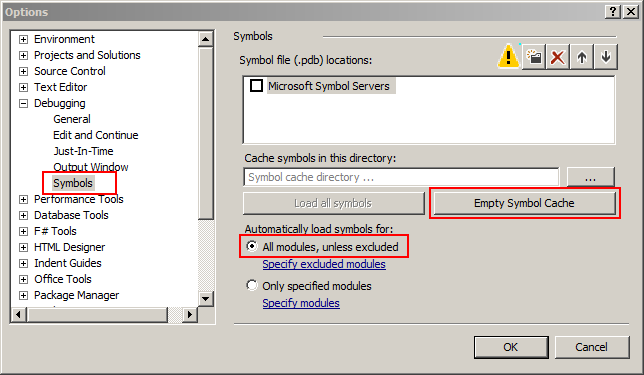Sometimes you would like to shorten your long text in the HTML table. Here is the way to go with css and jQuery: css:
<table>
<tr>
<td class="ellipsis">
Some very long text that you would like to be shortened
</td>
</tr>
</table>
CSS:
td.ellipsis {
white-space: nowrap;
overflow: hidden;
text-overflow: ellipsis;
max-width: 300px
}
jQuery:
$('.ellipsis').each(function (index) {
var $this = $(this);
var titleVal = $this.text();
if (titleVal != '') {
$this.attr('title', $.trim(titleVal));
}
});


